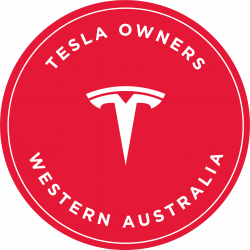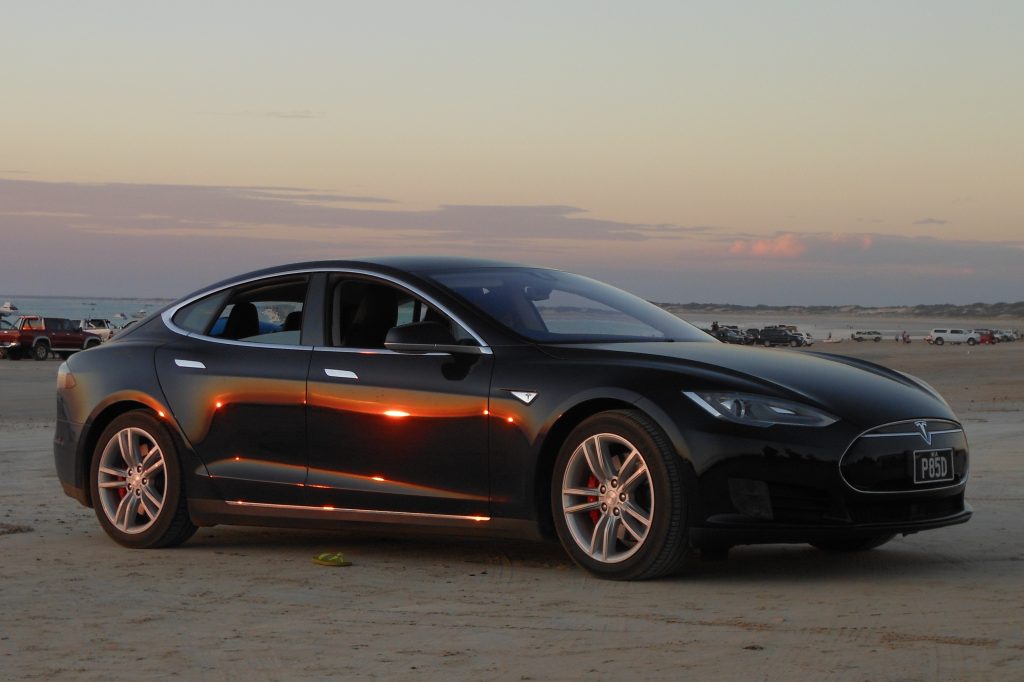Electric vehicle drivers soon learn the term being ICED, it refers to arriving at a parking spot set aside for EV charging only to find it blocked by an internal combustion engine vehicle, also known as an ICE. Many refer to the ICE driver responsible as an ICEhole, there’s at least one Australian based Facebook group dedicated to shaming these people, I doubt ICEholes really care, it’s more of an emotional support group for EV drivers that are regressive rather than progressive. The moment an EV driver vents their frustrations on social media the ICEholes have won, this apparent difficulty portrayed ends up being another reason to deter people buying EVs.
In reality not everyone who blocks an EV charging spot is an ICEhole so I’ll break it down into 3 categories:
1. The Arrogant EV Owner
I’ve used over 200 different charging locations in every state and territory in Australia and on the 3 occasions I’ve been completely prevented from charging my car it’s because of an Electric vehicle parked in front of the charger not plugged in or plugged in but no longer charging, it only takes a quick review of Plugshare comments and photos from that location in question to find the EV owner is a serial offender. Basically they treat it as their own personal parking spot, this is completely out of line and shows a complete disregard for other EV owners. In this category I should also include Prius drivers that take up the charging space expecting no one to notice they don’t have a charging port on their “self charging car”.

2. The Completely Unaware
There are still many ICE drivers that park in EV Charging bays purely through misunderstanding, the ground is not painted, the signage is poorly worded and sometimes non existent or in some cases hidden behind a huge concrete pillar. For those long term EV drivers out there, think about the times you’ve seen a new charging location and said to yourself “What idiot bureaucrat decided this was a good spot for a car charger?”
Very often the completely unaware ICE driver is keen to learn more about electric vehicles, if you play it smooth no doubt their next car will be electric.
3. The Deliberate ICEhole
This last one is split into two sub categories
A. The Annoyed
Think about the local that has parked in the same area weekly for the past 20 years, then a poorly advised council engineer decides to plonk an expensive ratepayer funded EV charger in front of the Post Office. That’s a red rag to a Bull, the local has paid rates all his adult life and can’t even get the potholes fixed in his street, give this person a break and write an email to the shire suggesting a better location for the charger.
B. The Antagonist
This is the true definition of an ICEhole, they’ve not only parked in the EV charging spot deliberately but they’ve bypassed 50 other better parking spots just to use the one allocated to EV charging, not only that but they’re also keen for a confrontation so they can tell their mates about it on social media. Don’t give them the pleasure, do the exact opposite of what they desperately hope for and avoid a discussion. Take a photo if they’re not looking and if possible report the vehicle to the buildings management with the minimum of fuss.

Australia is only in the early stages of electric vehicle adoption, it’s critical that drivers are educated with encouragement rather than confrontation so the EV experience is good for everyone, always remember when dealing with ICEholes don’t lose your cool.
Rob.







